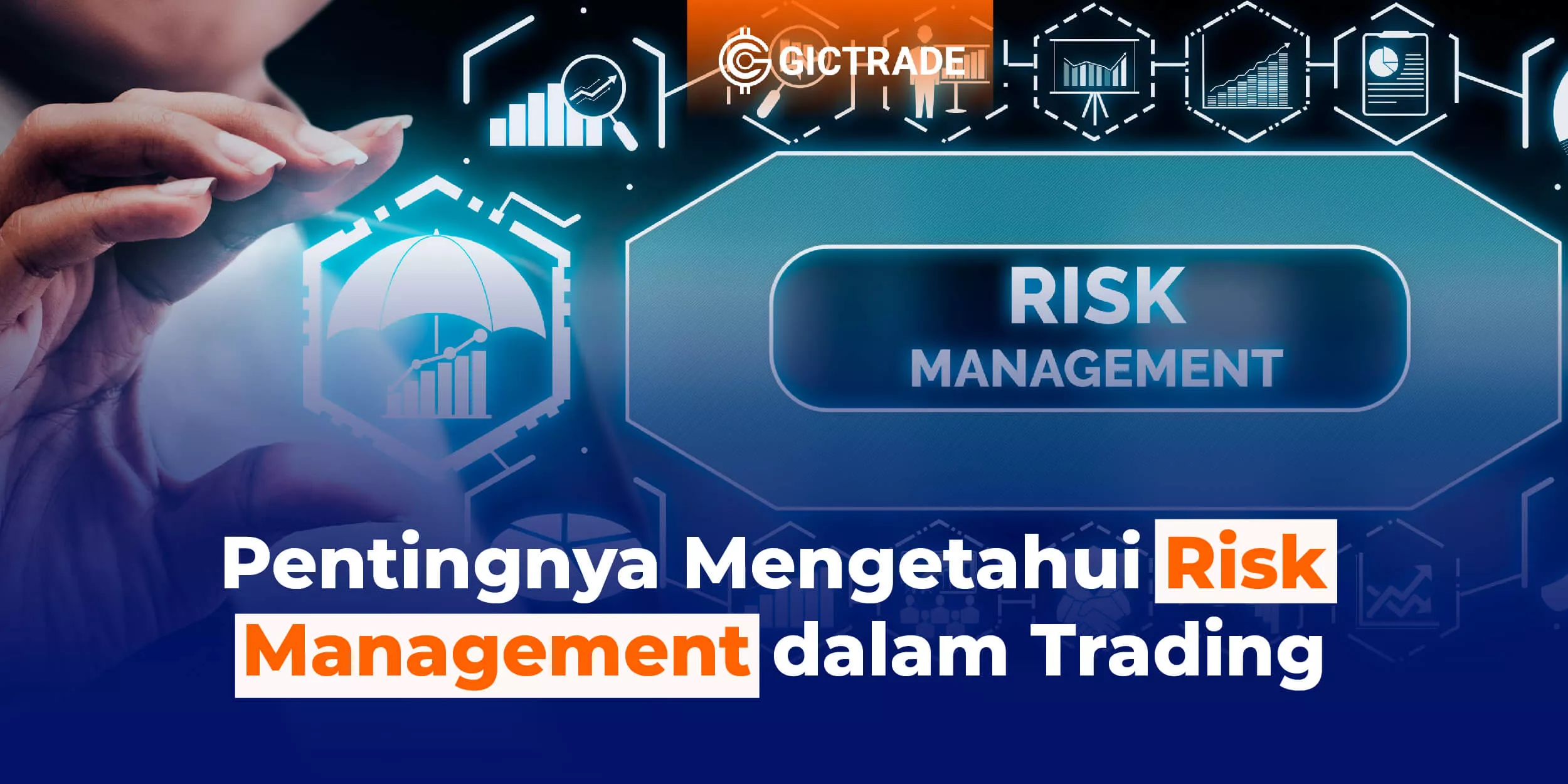Table of Contents
- The Importance of Knowing Risk Management in Trading
- Risk Management Strategies in Trading
- FAQs (Frequently Asked Questions)
- What is risk management in trading?
- Why is risk management important in trading?
- What is a stop loss in risk management?
- How do you determine a risk-reward ratio?
- What is portfolio diversification in risk management?
- How do you choose the right lot size in risk management?
- Safe Trading with Money Management on GIC
- Conclusion
The Importance of Knowing Risk Management in Trading

Protecting Your Capital
Avoiding Overtrading
One common danger traders face is overtrading, or making too many trades in a short period. With good risk management, you can avoid the trap of overtrading and maintain discipline in following your trading strategy. You can set realistic risk limits and profit targets for each trade, reducing the tendency to overtrade.
Managing Emotions
Risk management also helps you manage trading emotions better. When risk is well managed, you can reduce the stress and anxiety that often arise in trading. By having a clear plan for managing risk, you can remain calm and rational when facing unexpected market movements.
Increasing Consistency
By applying consistent risk management, you can achieve more consistent trading results. Knowing the risks you face and taking appropriate steps to manage them allows you to avoid large losses and maximize profit opportunities. Consistency in managing risk helps build a strong foundation for long-term trading success.
Boosting Confidence
A solid understanding of risk management boosts a trader's confidence. When you have a clear plan for managing risk and protecting your capital, you can trade more calmly and confidently. This helps you avoid making emotional decisions and increases your chances of achieving better trading results.
Risk Management Strategies in Trading
Now, let’s discuss some risk management strategies you can apply to your trading activities:
Setting a Stop Loss
Setting a stop loss is one of the most important steps in risk management. A stop loss is a specific price level below the current price where you will exit a trade to limit losses. By setting a wise stop loss, you can protect your capital from uncontrolled losses.
Determining a Risk-Reward Ratio
The risk-reward ratio compares potential profit to potential loss in a trade. By setting a balanced risk-reward ratio, such as 1:2 or 1:3, you ensure that potential profit outweighs potential loss. This helps you balance risk and reward in your trading.
Portfolio Diversification
Portfolio diversification is a strategy to reduce risk by spreading your investments across various financial instruments or markets. With good diversification, you can reduce exposure to specific risks associated with a single asset or market. Diversification helps you effectively manage risk and protect your portfolio from sudden price movements.
Using Proper Position Sizing
Position sizing is the process of determining your trade size based on the risk you can accept. Using proper position sizing helps you control how much capital you risk in each trade, maintaining a balance between risk and potential profit in your trading portfolio.
Managing Lot Size
Lot size is an important parameter in trading. In risk management, it's essential to pay attention to the lot size you use. Ensuring that the lot size aligns with your account size is crucial in managing risk. Avoid using a lot size that's too large, as it can lead to significant losses if a trade does not go as planned.
Monitoring and Evaluating
Lastly, it's important to regularly monitor and evaluate the risks you face and the risk management strategies you apply. By updating and adjusting your risk management plan according to market changes and your needs, you can continuously improve your effectiveness and success in trading.
FAQs (Frequently Asked Questions)
What is risk management in trading?
Risk management in trading is a set of strategies and actions for identifying, measuring, and managing risks associated with trading activities. Its goal is to minimize risks and protect your trading capital.
Why is risk management important in trading?
Risk management is important in trading because it helps protect your capital, avoid overtrading, manage emotions, increase consistency, and boost your confidence as a trader.
What is a stop loss in risk management?
A stop loss is a specific price level below the current price where you exit a trade to limit losses. It is an essential step in risk management.
How do you determine a risk-reward ratio?
To determine a risk-reward ratio, compare potential profit to potential loss in a trade. A balanced ratio is typically 1:2 or 1:3, with potential profit being two to three times the potential loss.
What is portfolio diversification in risk management?
Portfolio diversification is a strategy to reduce risk by spreading your investments across various financial instruments or markets. Diversification helps you manage risk effectively and protects your portfolio from sudden price movements.
How do you choose the right lot size in risk management?
To choose the right lot size, consider your account size and the risk you can tolerate. Avoid using a lot size that is too large, as it can lead to significant losses if a trade does not go as planned.
Safe Trading with Money Management on GIC
Improve your income management skills by starting trading on GIC! Not only can you trade, but you can also learn about stocks and forex trading if you're new to trading.
Conclusion
The importance of understanding risk management in trading cannot be overlooked. By understanding and implementing the right risk management strategies, you can minimize risks and increase your trading success.
 Last:
Last: 







